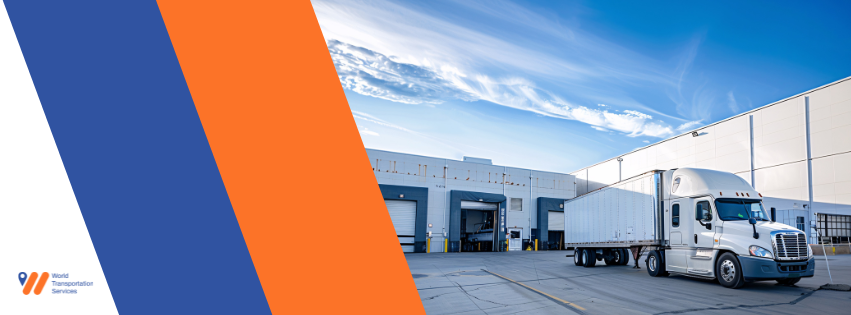Navigating the Freight Maze: When to Go Full Throttle with FTL or Play It Smart with Partial Truckload
In the ever-evolving world of manufacturing logistics, making the right shipping decisions can be the key element to reliable logistics, reducing costs, and ensuring your products reach their destinations on time. Two of the most common shipping options available to manufacturers are Full Truckload (FTL) and Partial Truckload (PTL) shipping. Understanding the differences between these options and knowing when to use each can significantly impact your bottom line and operational efficiency. This blog post is designed to guide you through these choices, optimizing your shipping strategies with a focus on the keyword "shipping."
Understanding FTL Shipping
FTL shipping refers to the transportation of goods where a truck is reserved exclusively for a single shipment, transporting goods directly from the point of origin to the destination without any stops to pick up additional cargo. This option is ideal for large shipments that can fill an entire truck, typically over 10,000 pounds or where the freight needs to be delivered swiftly or requires special handling.
Benefits of FTL Shipping:
- Speed: Since the truck is dedicated to a single shipment, it often results in faster delivery times.
- Less Handling: With no additional pickups or drop-offs, there's minimal handling of goods, reducing the risk of damage.
- Flexibility: FTL shipments can be scheduled on an as-needed basis, offering flexibility for urgent or time-sensitive shipments.
Understanding Partial Truckload Shipping
PTL shipping, on the other hand, fills the gap between Less Than Truckload (LTL) and FTL shipping. It allows for the transportation of freight that doesn’t require the use of an entire trailer but is too large for traditional LTL services. This option is cost-effective for shipments typically between 5,000 and 10,000 pounds or when you can’t fill an entire truck but your cargo is too large or delicate for LTL shipping.
Benefits of Partial Truckload Shipping:
- Cost Efficiency: PTL shipping can be more economical than FTL because you only pay for the space your freight occupies, not the entire truck.
- Flexibility: Like FTL, PTL shipments often have fewer restrictions on types of goods and handling requirements.
- Reduced Handling: While there may be more handling than FTL, PTL shipments generally involve less handling than LTL, reducing the risk of damage.
When to Choose FTL Over Partial Truckload
Selecting FTL shipping is most advantageous when:
- You Have Enough Cargo to Fill a Truck: Maximizing the space ensures you're getting the best value for the cost.
- You’re Concerned About Delivery Speed: If your shipment is time-sensitive, FTL's direct route means faster delivery.
- Your Freight Requires Special Handling: For delicate or high-value items, minimizing handling and transfers is crucial.
When to Opt for Partial Truckload
PTL shipping becomes the better option when:
- Your Shipment Is Large but Not Enough for FTL: If you're moving a significant amount of cargo but can't fill a truck, PTL offers a middle ground.
- You Seek Cost Savings Without Sacrificing Speed: PTL can be less expensive than FTL while still providing relatively quick and reliable service.
- You Want to Minimize Handling but LTL Isn’t Suitable: For shipments that are too large or delicate for LTL but don’t require a full truck, PTL strikes a good balance.
Conclusion
Choosing between FTL and PTL shipping services depends on the specific needs of your manufacturing company, including the size of your shipments, budget constraints, and delivery timelines. By understanding the advantages of each service, you can make informed decisions that optimize your logistics operations, save costs, and ensure your products are delivered in a timely and efficient manner.
Remember, the right shipping strategy is vital for maintaining a competitive edge in the manufacturing industry. Whether you opt for FTL or PTL, aligning your shipping needs with your business goals will help enhance your supply chain's efficiency and reliability.
For more insights into optimizing your manufacturing logistics and making the most of your shipping strategies, stay tuned to our blog. Your success in shipping is our priority, and we’re here to help you navigate the complexities of logistics with ease and expertise.




